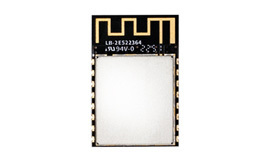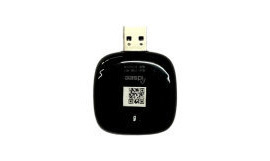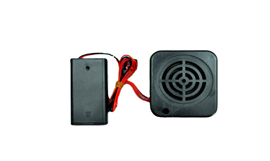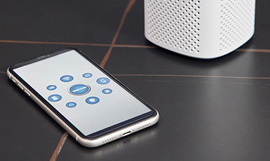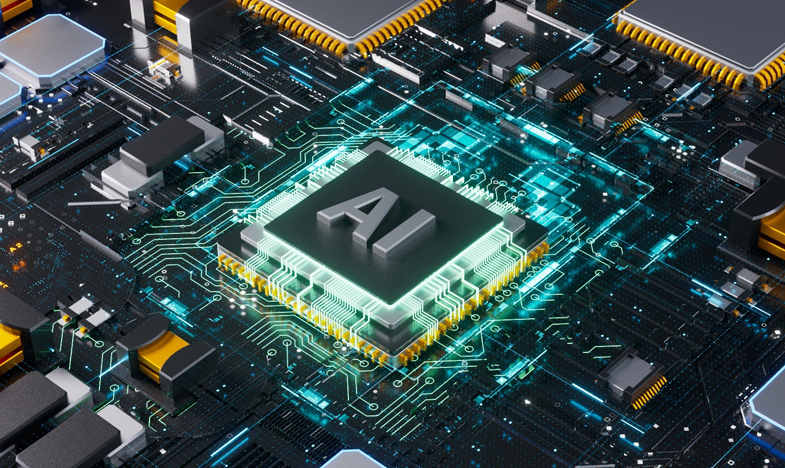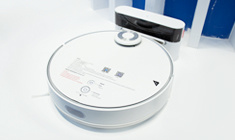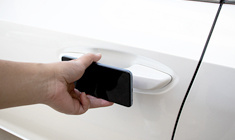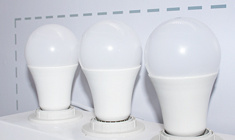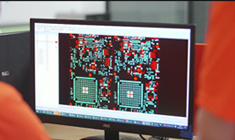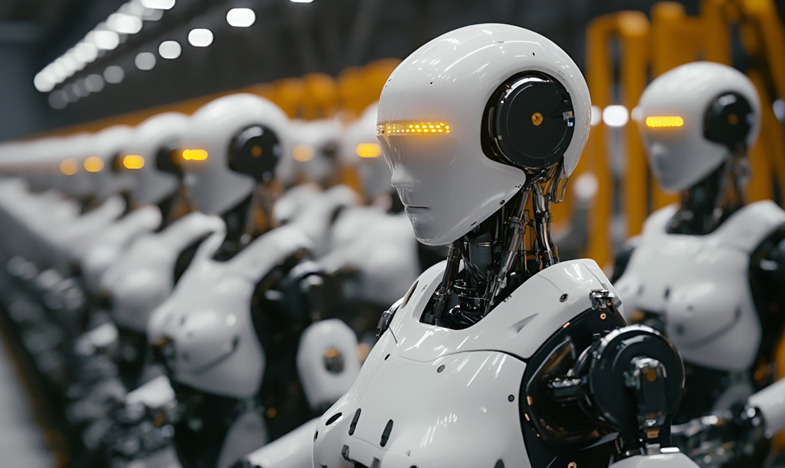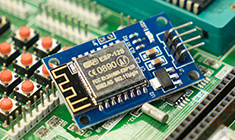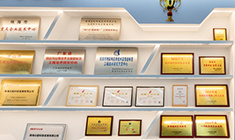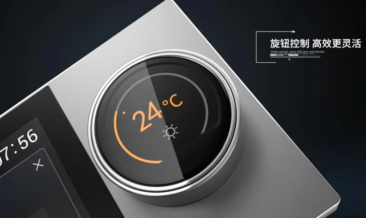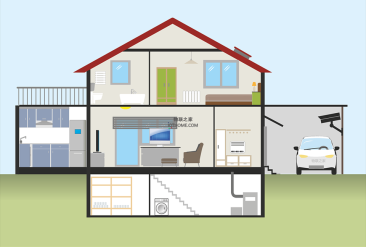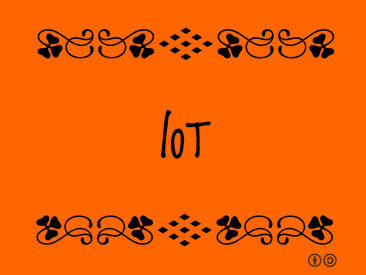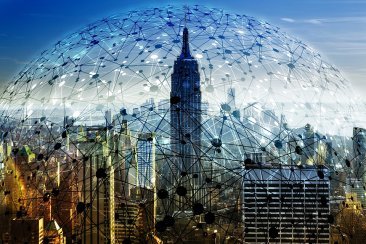
How does the Internet of Things shape the future of home automation
Release Time:
2022-01-24
In recent years, we have realized the full game-changing potential of IoT.Ever wonder what it would be like to have a home that fits all your needs? It wakes you up with the aroma of coffee in the morning, it plays your favorite songs when you need it, and it can change the room's mood lighting
In recent years, we have realized the full game-changing potential of IoT.
Ever wonder what it would be like to have a home that fits all your needs? It wakes you up with the aroma of coffee in the morning, it plays your favorite songs when you need it, and it can change the room's mood lighting to suit your family events and protect your home when you're away property?
This is no longer science fiction! Home automation systems have been on the market for a while, and thanks to the explosion of the Internet of Things, the possibilities are endless now.
So, what can we expect?
IoT technology
For those of you who don't know, the "Internet of Things" refers to all technologies that enable devices or machines to be connected to the internet. IoT technology works by collecting data and then using it to monitor, control and transmit information – activating certain actions in specific situations. For example, if the refrigerator "notifies" that it is running out of milk, the refrigerator will automatically order milk.
Put simply, the Internet of Things enables smart everyday objects to simplify our lives — including our homes.
How to do it? let's see.
Smart Home and IoT
Let's imagine you can control your entire house remotely via voice commands or an app, most home automation systems these days let you do that easily, but the house already knows what to do without you doing it yourself Well, then, this is the Internet of Things.
Let's look at a few examples.
Lights: Let your smart home turn on/off the lights or adjust the brightness of the lights according to your needs. Imagine setting up a home theater: you select a movie, have the TV communicate your selection to the lighting system, which then dims the lights accordingly. For example, you might love a romantic comedy filled with lights...but never watch a horror movie with the lights off!
Music: Whatever your mood, your smart home can play a custom playlist to match it. You can even pair it with a wearable device and play music based on your heartbeat.
Doors: Imagine pairing your smart home with a wearable device so the system recognizes you as the homeowner and opens the door as soon as you stand at it. Open Sesame!
Household appliances: Control all sockets in the home to turn on and off an appliance. Are you coming home from get off work in two hours? You can turn on the slow cooker at work so dinner is ready when you get home.
Curtains, blinds and windows: A smart home can raise and lower blinds according to your needs. Enjoy a leisurely home theater time? The curtains will be drawn automatically. When you are traveling and there is no one at home, the smart home can imitate the scene when there are people at home, and automatically open or close the curtains at regular intervals.
Thermostats and Air Conditioners: Feeling Too Hot or Too Cold? Maybe you're going to be exercising and need to lower your body temperature accordingly? In this case, you might just need to turn on — let’s say — a treadmill, and the smart home will know to adjust the temperature of the air conditioner accordingly. It also comes in handy when you turn on the shower.
Scenario: This is one of the most fascinating possibilities. As we saw in the home theater example, with the help of IoT technology, the smart home can adapt based on custom scenes involving multiple activities in the history, such as when you do yoga at home, the smart home automatically adjusts your favorite Light up the mood or let the fresh scent of the forest fill the air to enhance the mood.
Garden: Easily activate or deactivate the garden irrigation system. IoT technology can use sensors to monitor soil moisture, whether it needs to be watered, and automatically activate the irrigation system.
Intrusion Protection: Last but not least, keep your home protected at all times. Imagine having no one in your home...but your smart home keeps your home safe and sound.
According to IDC's research report, consumers' smart home investment will more than double during the forecast period, reaching $63 billion by 2020, which will enable more and more personalized customization.
On the other hand, the IoT-driven device market is expected to reach $195 billion in 2023, up from just $16 billion in 2016, when more than 6.4 billion IoT devices were in use, according to analysts at ReportsnReports.
These are just some of the possibilities, and we'll just have to wait and see what these technologies will bring in the coming years.
Reference: iotevolutionworld

Guangdong Joinet IOT Technology Co.,Ltd
Manufacturing Base:
Joinet Technology Park,No. 168 Tanlong North Road,Tanzhou Town,Zhongshan City,Guangdong Province,China
Pre Sales Hotline:19966308713 13823973022
Switchboard:0760-8663 0003 (transferred) 523
Pre Sales Email:sw@znaiot.com


Contact Us:
Looking forward to your call anytime



